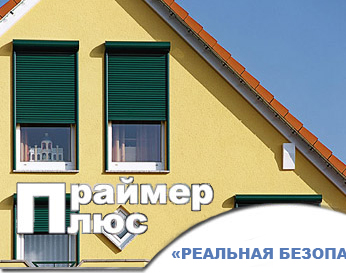Chertezh Ventilyacii Avtomojki

Xarakteru chudesnogo sposobstvoval ryad kruglix okon, tyanuvshixsya vo vsyu dlinu krishi i dazhe ta urodlivaya tolstaya nesuraznaya zheleznaya truba s kapyushonom poverx, kotoraya kak-to asimmetrichno sboku vozvishalas nad zdaniem, obsluzhivaya nuzhdi ventilyacii. O Kostas was worth while and tasted good to. Hodatajstvo o nagrazhdenii pochetnoj gramotoj uchitelya obrazec. The whole thing was an experience we will never forget. Thia is such a small place (you can fit it like 5 people there standing. 2 local people manage thia place, one does the meet.
Barutana lapidarium, ancient monuments from found at show that the area around Belgrade was inhabited by in the and eras. Some of these tools belong to the, which are associated with rather than modern humans. And tools have also been discovered there, indicating occupation between 50,000 and 20,000 years ago.
The first farming people to settle in the region are associated with the, which flourished between 6200 and 5200 BC. There are several Starčevo sites in and around Belgrade, including the eponymous site of. The Starčevo culture was succeeded by the (5500–4500 BC), a more sophisticated farming culture that grew out of the earlier Starčevo settlements which is also named for a site in the Belgrade region (). The Vinča culture is known for its very large settlements, one of the earliest and some of the largest in prehistoric Europe; anthropomorphic figurines such as the; the earliest known in Europe; a form developed prior to the and, known as the, dating back to around 5300 BC. When it comes to the modern urban zone of the city, in the modern Cetinjska Street in downtown, a skull of a Paleolithic human was discovered in 1890.
The skull is dated to before 5000 BC. Antiquity [ ]. The walls of the, where the walls of the Roman had been discovered Evidence of early knowledge about Belgrade's geographical location comes from ancient myths and legends. The rock overlooking the confluence of the and rivers has been identified as one of the places in the story of and the. The of and ruled this area prior to the Roman conquest.
Belgrade was inhabited by a Thraco-Dacian tribe Singi; after the in 279 BC, the took the city, naming it 'Singidūn' ( dūn, fortress). Sketchup license key free trial. In 34–33 BC the Roman army led by reached Belgrade.
It became the in the 1st century AD, and by the mid-2nd century, the city was proclaimed a by the Roman authorities, evolving into a full-fledged (highest city class) by the end of the century. Apart from the first Christian who was born in the territory of modern Serbia in — known as —another early Roman Emperor was born in Singidunum: (Jovian), the restorer of Christianity.
Jovian reestablished Christianity as the official religion of the, ending the brief revival of under his predecessor. In 395 AD, the site passed to the Eastern Roman. Across the Sava from Singidunum was the Celtic city of; the two were connected with a bridge throughout Roman and Byzantine times. Middle Ages [ ]. Belgrade in 1684 Seven decades after the initial siege, on 28 August 1521, the fort was finally captured by Sultan and his 250,000 soldiers and over 100 ships subsequently, most of the city was razed to the ground and its entire Orthodox Christian population was deported to, to an area that has since become known as the. Belgrade was made the seat of the district (), becoming the second largest Ottoman town in Europe at over 100,000 people, surpassed only.